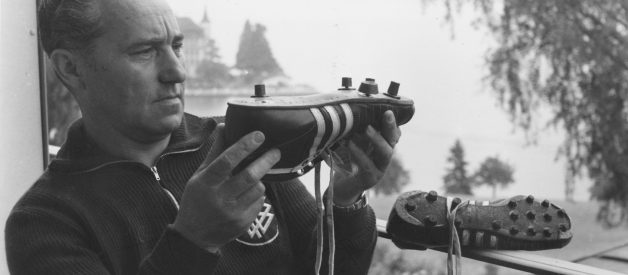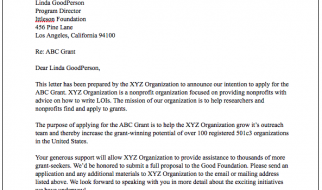The history behind the dark secret of the world?s top sports brands
 Adolf Dassler, the founder of Adidas, with his new invention the screw-in studs
Adolf Dassler, the founder of Adidas, with his new invention the screw-in studs
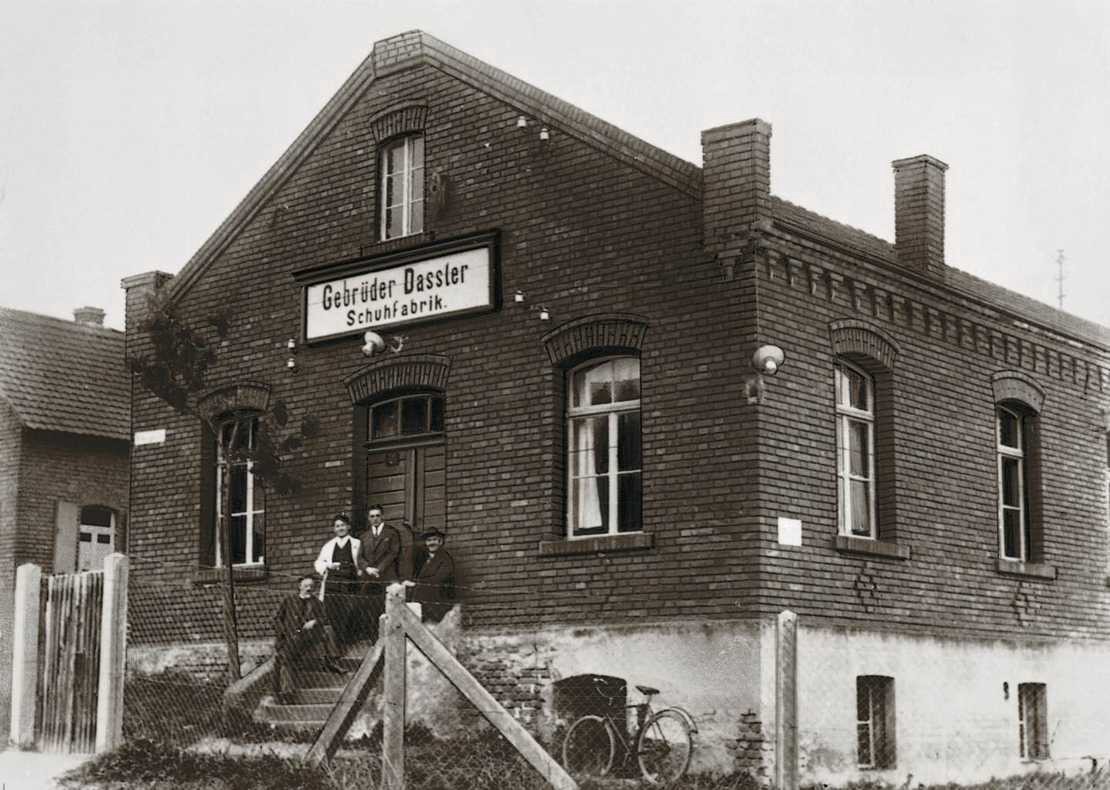 The Dassler shoe factory in Herzogenaurach, Germany circa 1930s
The Dassler shoe factory in Herzogenaurach, Germany circa 1930s
The brothers would continue to work with the government leading to both of them joining the Nazi party with a variety of enthusiasm. It was said that Rudolf was a much more adamant supporter of National Socialism whereas Adolf remained unsupportive of the regime. This developed into an ideological rift, increasing the already growing gap between the two brothers.
During the war, the factory was forcefully converted to produce military equipment for the Nazi?s initiallyfocusing on producing the Panzershrek, a shoulder-launched anti-tank rocket based on the American bazooka. Rudolf would try to convince the higher-ups of the Nazi party to allow him to produce patented army boots, a venture which proved to be fruitless. The Dassler factory would continue to produce equipment for the Wehrmacht until the allies pushed in and captured their town.
Denazification
After the end of the war, the brothers? co-operation would be stifled by the American denazification programme and the persecution of high-level Nazi party members. Rudolf was suspected to be part of this group of high level Nazis and thus was interrogated by the Americans at the end of the war being held at an internment camp in Hammelburg until his release on 31 July 1946 after the investigation into his Nazi background proved fruitless.
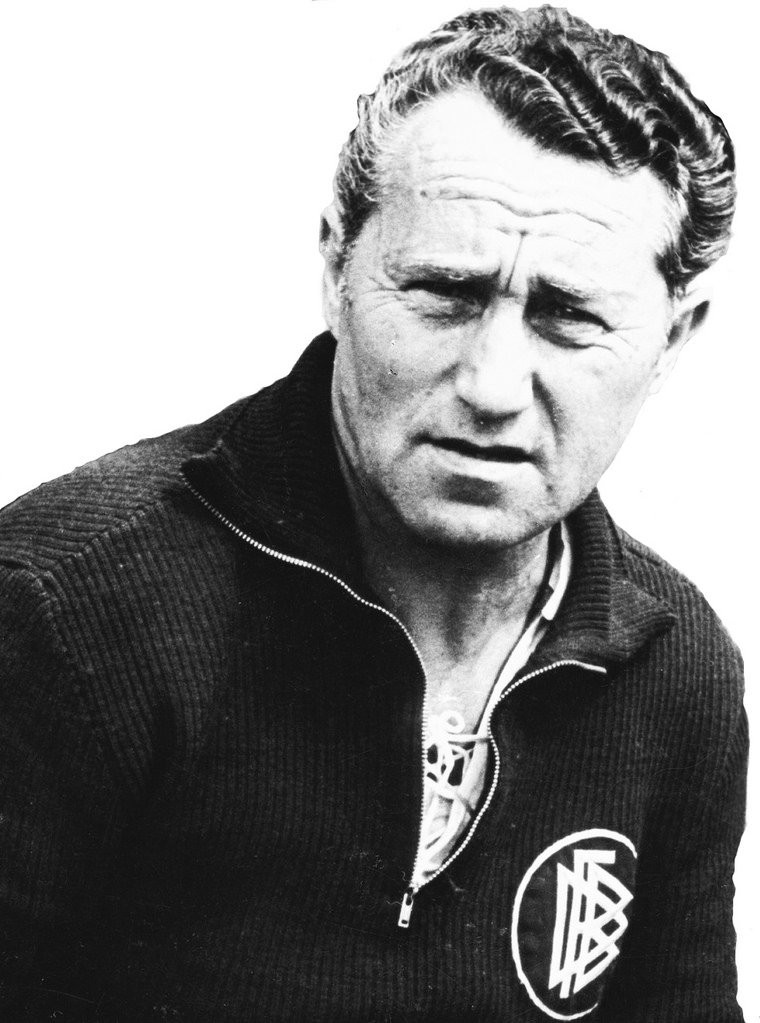
Adolf wouldn?t get off scot-free either. He was also taken into custody by those leading the denazification campaign and trialled for his co-operation. After some deliberation, Adolf was declared to be a Belasteter, the name given to a category of those who profiteered of the Nazi regime. This was considered the second most serious offence at the trials, just below actually being part of and engaging with the Nazi party and thus it carried a 10-year sentence as well as the threat of Adolf being removed as head of the Dassler business. His early co-operation with the Hitler Youth and Nazi membership was used as proof of this high-level conviction.
He would only be saved by the mayor of Herzogenaurach who was half-Jewish and a trusted allied co-operator. He testified that Adolf warned him of a potential Gestapo arrest and hid him on his own property as well as supporting Adolf?s claims of non-involvement with the political side of the Nazi party. As a result, he was reclassified to a lower rank of offender, a Minderbelasteter (Translated: Lesser Offender), which still carried a 2 to 3-year sentence which would lead to Adolf still losing control of his the Dassler business, something his brother Rudolf sought to exploit.
During Adolf?s appeal to lower his status from Minderbelasteter Rudolf would submit a declaration that said that Adolf had organized the production of weapons himself and for his own profit rather than being forced to and that Rudolf resisted the change in production but he wasn?t present to personally put a stop to the change as he was conscripted into the Wehrmacht in 1943. This would be proven false by the financial record of the business which showed a 100,000 German mark loss during the period of weapon production.
Adolf?s wife Kthe Dassler would contest most of Rudolf?s claims successfully leading to her husbands downgrade to Mitlufer (Translated: Follower) meaning that he could continue to manage the shoe factory although some supervision from the denazification board was still required. On 3 February 1947 Adolf was formally allowed to resume his management of the firm.
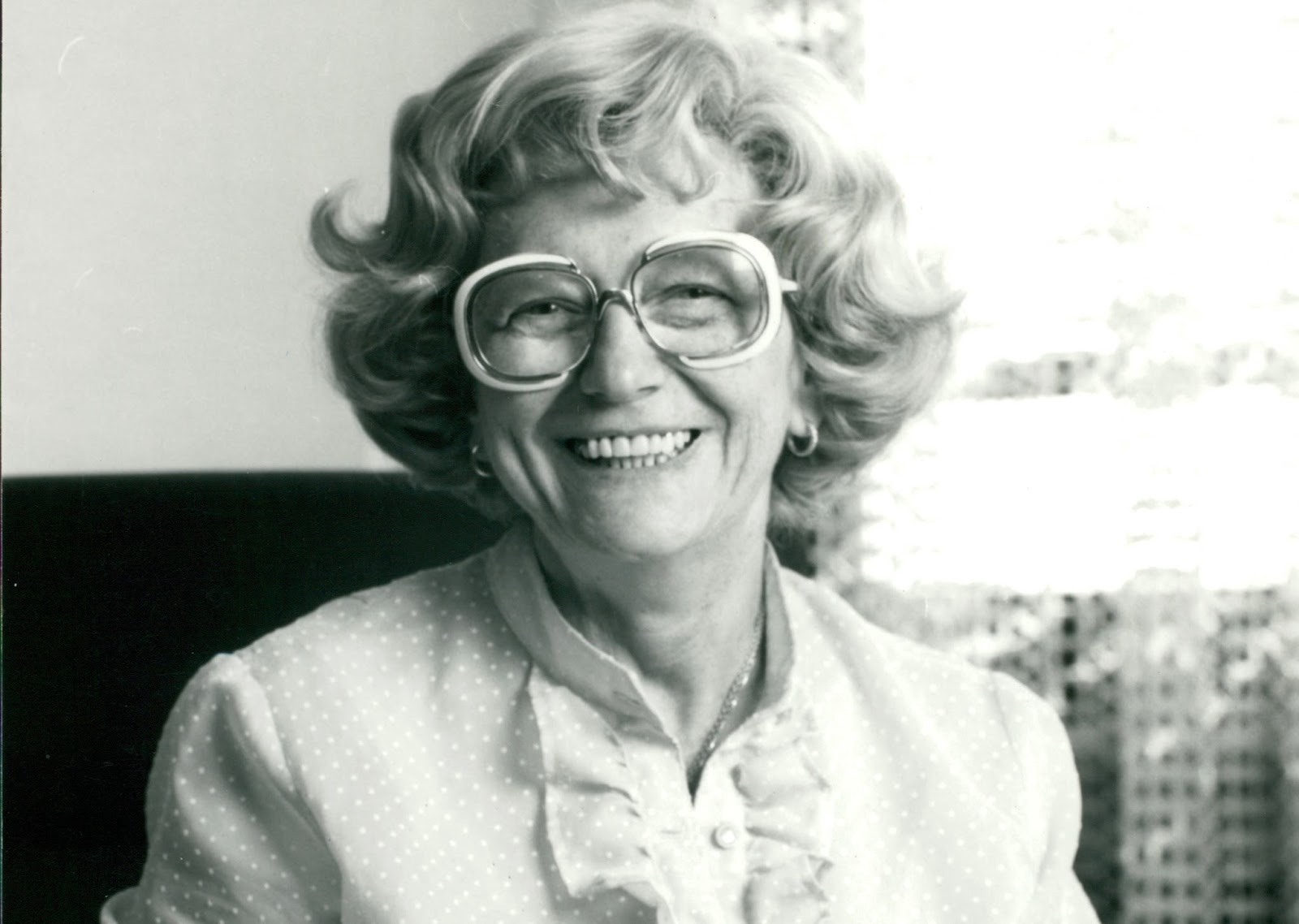 Kthe Dassler who would become one of the heads of management of the newly formed Adidas after all of the managerial and sales staff moved to Puma with Rudolf after the brothers split.
Kthe Dassler who would become one of the heads of management of the newly formed Adidas after all of the managerial and sales staff moved to Puma with Rudolf after the brothers split.
Due to Rudolf?s accusations during the trials and his continuous campaign to subvert Adolf from the leadership of the company the brothers would become mortal enemies. Both families became increasingly hostile to each other blaming the other side for many of the problems they faced during the war. Thus came the genesis of Adidas and Puma.
A town divided
The year 1947 gave birth to what we now know as Adidas and Puma. Adolf still having control of the previous Dassler shoe factory sought to rebrand and thus came up with Adi (Adolf?s nickname) and Das (from his last name) creating Adidas AG. Rudolf also wanted to create a brand and took a similar route as his brother initially creating Ruda (Ru from his first name and Da from his last name) something he would later change finally coming up with the name PUMA Schuhfabrik Rudolf Dassler (Translated: Rudolf Dassler?s PUMA Shoe Factory).
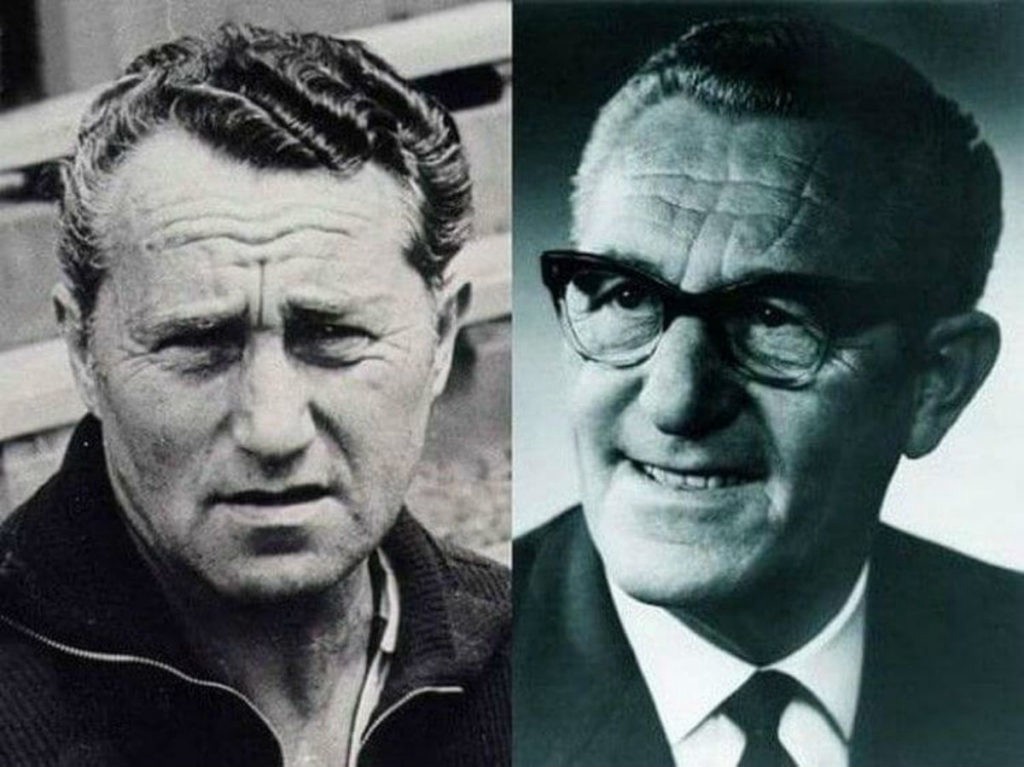 Adolf ?Adi? Dassler on the left, Rudolf Dassler on the right
Adolf ?Adi? Dassler on the left, Rudolf Dassler on the right
Their hometown of Herzogenaurach would be divided in this bitter rivalry between the two firms. The town developed the nickname of ?the town of bent necks? as it was said that everyone would look down to see what brand of shoe you were wearing.
Some took advantage of this rivalry such as handymen who deliberately turned up to Rudolf?s house wearing Adidas shoes which would result in Rudolf telling them to go grab a free pair of Puma?s from his basement. Even the town?s two football teams were split between the two brands with ASV Herzogenaurach being supported by Adidas and 1 FC Herzogenaurach being supported by Puma.
You can?t change history
Although the rivalry between Nike and Adidas is more significant at the moment, the rivalry between Puma and Adidas still exists. With both companies being such giants in a very big and competitive industry it is not surprising that the old town rivalry continues to show itself to this day.
Even though both companies have a dark past their innovations should not be discounted from history. Adi Dassler revolutionised the sports shoe with his ?screw-in studs? something that would go down in history as the West Germans performed a miracle comeback against the Hungarians while debuting Adi?s innovation in 1954 winning the match 3?2, permanently securing both Adi and his company a spot in the history books.
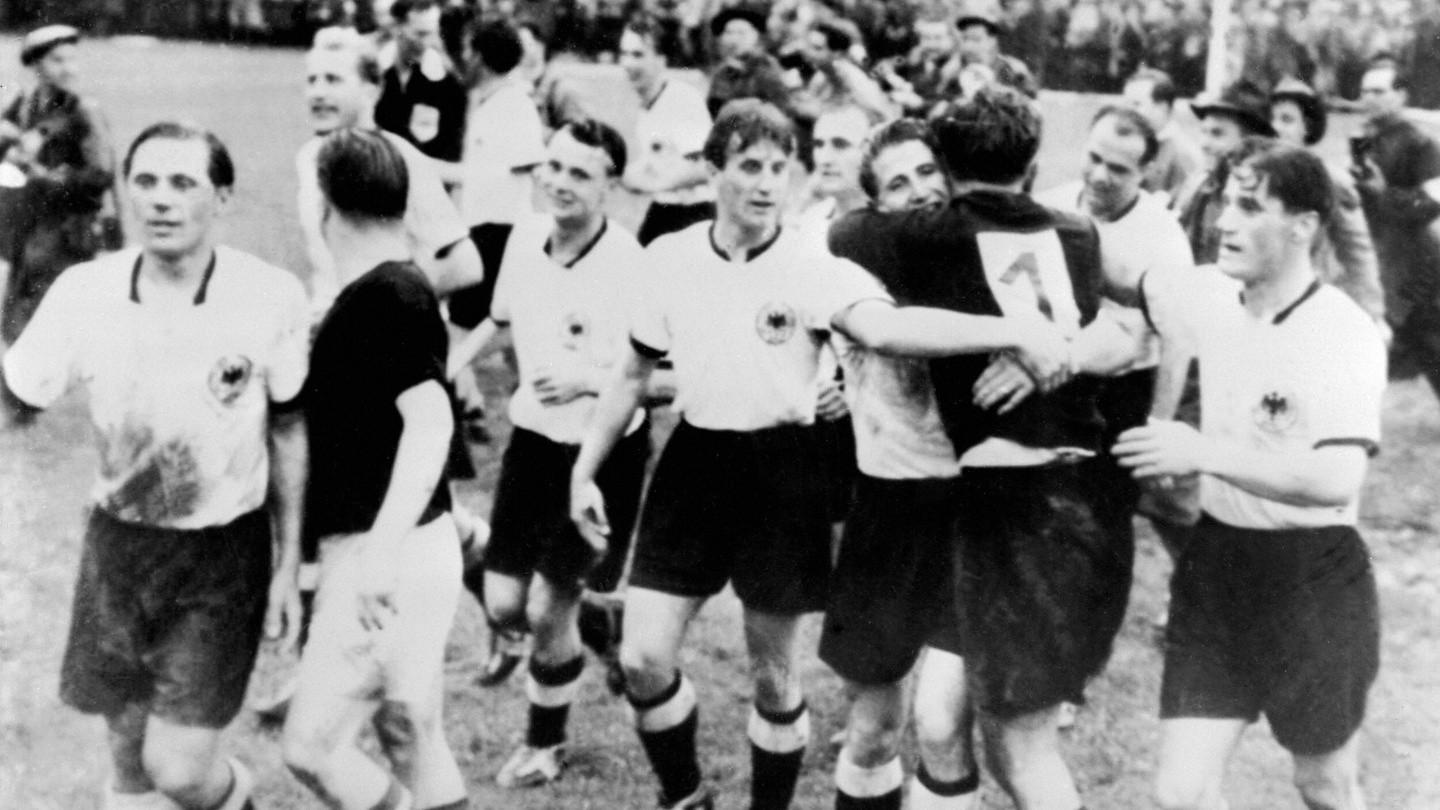 A picture from the ?Miracle of Bern? the nickname given to the 3?2 victory against Hungary
A picture from the ?Miracle of Bern? the nickname given to the 3?2 victory against Hungary
Although both brothers were affiliated with the Nazi party their membership should always be put in context. In a time where non-cooperation with the regime could lead to death, the brothers? collaboration with the Nationalist Socialist becomes much more understandable and even justifiable considering the odds they faced if they did not comply.
When analysing such situations we must always look at the context as to properly quantify its significance. In this context, their membership was not as significant as many make it out to be but it?s still a factor we should take into account when we look at the history of both companies.
For any enquiries or comments make sure to contact me at [email protected]

